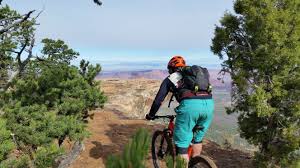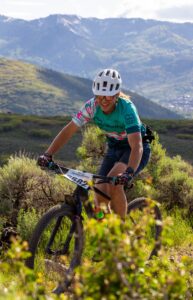Discover the Ultimate Comfort and Safety: A Guide to Senior-Friendly Mountain Biking Gear
As dawn breaks, the once silent trails begin to echo with the whirring of wheels; mountain biking isn’t just for the young. With the right gear, seniors too can join this exhilarating ride, embracing the great outdoors on two wheels. The fusion of adrenaline and nature provides an excellent form of both exercise and adventure.
Understanding the evolution of mountain bikes and gear catered to seniors is essential before embarking on this journey. Advances in design and technology have made it possible for older riders to tackle challenging terrains with ease and confidence. Essential items create a fine line between enjoyment and endurance, a line that seniors must navigate with care.
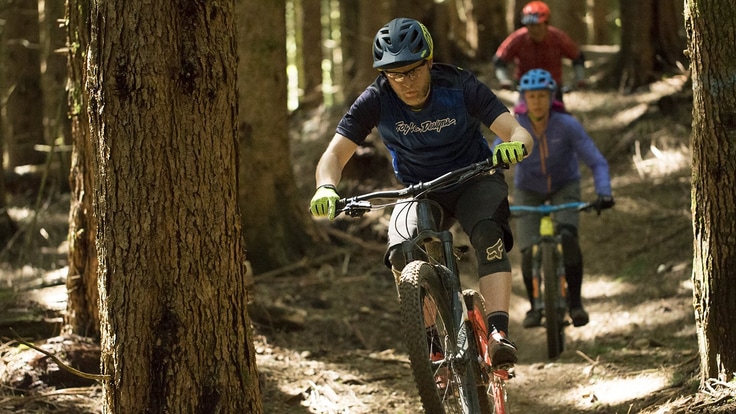
This article gears up to take senior riders through the essentials of mountain biking gear, while imparting wisdom on trail etiquette and safety. Whether you are looking to upgrade your bike or grasp the subtleties of trail ratings and riding techniques, we’ll help you find your footing in this thrilling chapter of life.
Essential Mountain Biking Gear for Seniors
When gearing up for mountain biking as a senior, it’s crucial to have the right equipment to ensure a safe and enjoyable experience. Here is a comprehensive list of essential gear:
Must-Have Gear:
- Bike Selection: Choose a bike that balances comfort, control, and performance, considering factors like frame design, size, electric-assist options, and suspension systems3.
- Safety Equipment:
- Clothing:
- Wicking Jersey
- Footwear suited to bike’s pedals
- Padded shorts or tights
- Cycling socks
- Rainwear
- Weatherproof gloves
- Stowaway wind jacket
- Insulation layers for cool conditions
- Repair Kit:
- Patch kit
- Spare tire
- Pressure gauge
- Chain tool
- CO2 inflator
- Lubricant
- Multi-tool
- Personal Items:
- Medical information/emergency contact card
- Sunscreen
- Lip balm
- Insect repellent
- Chamois cream
Our Favorite Gear Picks:
- Five Ten Freerider Pro Shoes
- DAKINE Cross-X Bike Gloves
- Troy Lee Designs A1 MIPS Classic Bike Helmet
- Wild Rye Freel Mountain Bike Shorts
- Club Ride New West Bike Jersey – Men’s & Club Ride Bella Vista Bike Jersey – Women’s
Additional Recommendations:
- For senior riders, consider wider tires with good grip for enhanced traction and control3.
- Gradually build strength and endurance through activities like cycling and strength training to prepare for mountain biking challenges3.
By equipping yourself with the right gear tailored to your needs as a senior rider, you can enjoy the thrill of mountain biking while ensuring your safety and comfort on the trails.
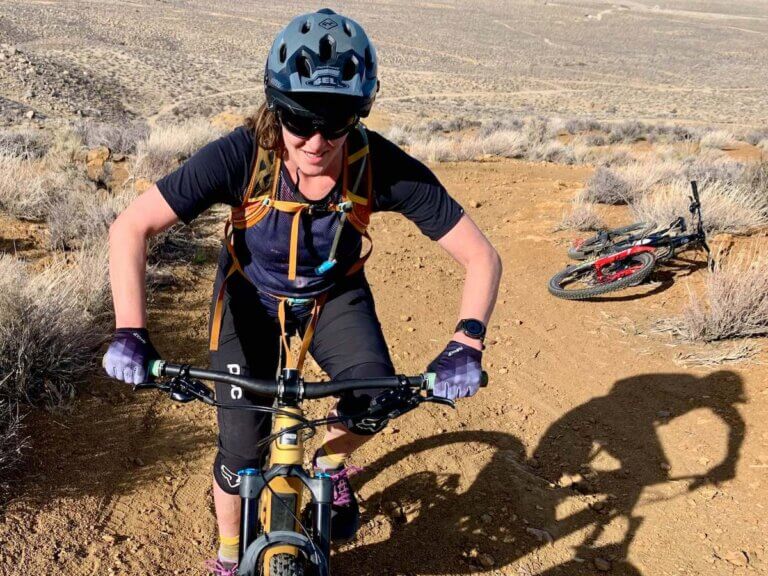
Mountain Bikes for Seniors
Embarking on a mountain biking adventure can be a game-changer for seniors looking to combine physical activity with the great outdoors. Electric mountain bikes (e-MTBs) revolutionize this experience by ensuring an enjoyable ride regardless of fitness level. Adjusting the motor assistance allows senior riders to customize their exertion, still getting a worthwhile workout while exploring a variety of terrain.
Choosing the right mountain bike is crucial for an optimal mountain biking experience. For those anticipating smoother rides on well-trodden paths, hardtail bikes are an ideal choice. However, when the journey involves rougher trails filled with roots and rocks, full suspension bikes come to the rescue, absorbing the bumps for a smoother ride.
Safety is paramount, and group riding offers not just an extra layer of security but also enriches the social aspect of the sport. Being part of a group means having someone to assist during challenging parts of a trail and also to exchange mountain biking tips and stories. Whether riding with family or fellow senior riders, the shared experiences foster wonderful memories.
Types of Mountain Bikes for Seniors
| Bike Type | Best For |
|---|---|
| Electric MTB | Long rides, challenging hills |
| Hardtail MTB | Smooth trails, general fitness |
| Full Suspension MTB | Rough terrain, comfort on rugged paths |
Always remember trail etiquette and assess trails with a suitable trail rating, ensuring every mountain biking trip is an adventure that plays to your skill level and comfort.
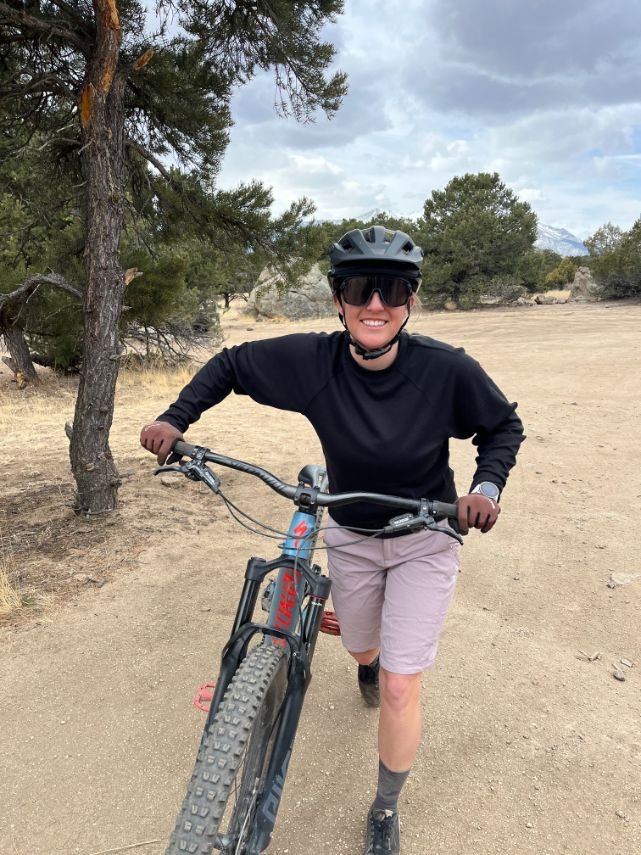
Essential Gear
Mountain biking, a thrilling and enriching activity for senior riders, requires not just spirit but also the right gear to enhance the experience. While the bike itself is central to the sport, additional equipment and considerations are essential for a safe and rewarding time on the trails.
To start, rest should be viewed as a critical piece of gear. It’s non-negotiable for a senior rider’s toolkit, as it allows the body to recover and grow stronger, serving as a fundamental aspect to continue enjoying mountain biking sustainably. Listen to your body, especially if you encounter pain or discomfort to prevent aggravating potential injuries.
Equally, set practical goals to maintain your enthusiasm for the sport. Whether it’s mastering a new trail, increasing your riding frequency, or improving endurance, setting and achieving milestones can inspire continued personal progress.
Don’t forget to pack a camera or use your smartphone to capture the inspirational moments along your ride. These images not only serve as personal mementos but also enable you to share your adventures with family, friends, and fellow riders.
Lastly, consider group riding as part of your essential gear. It can vastly improve safety and adds a social dimension to the sport. The communal aspect offers shared experiences, mutual support among riders, and the invaluable exchange of tips and knowledge on everything from the newest gear to the most senior-friendly trails.
Dropper Posts and the Importance of Comfort on Rough Terrain
On today’s trails, the dropper post is becoming a staple for mountain bikers seeking comfort and control on rough terrain. The ability to adjust saddle height with a button located on the handlebars allows riders to optimize their body position for various slopes and conditions, all without the need to dismount.
For senior riders aiming to tackle undulating terrain with ease, the dropper post is a revelation. By providing the ability to quickly lower the saddle, it makes for safer, more comfortable descents and enables a more aggressive and relaxed posture. The confidence boost that comes with a dropper post can’t be overstated—it transforms descending on singletrack from tense to controlled, enhancing the enjoyment factor considerably.
Upgrading to Disc Brakes for a Safer Ride
The power and reliability of disc brakes can’t be overstated when it comes to mountain biking safety. They offer consistent stopping force, crucial on the unpredictable surfaces and environments characteristic of mountain trails. For senior riders, this consistent stopping capability is vital to maintain confidence and safety while riding.
Hydraulic disc brakes are a considerable upgrade to consider if your bike isn’t already equipped with them. Requiring less exertion from the rider for engagement and offering swift response, these brakes are a must for bikes used on demanding downhill and varied terrains.
Moreover, the size of the disc rotor directly correlates with braking power; hence larger rotors up to 200mm can be a wise choice for those seeking extra security. Double disc brakes on both wheels deliver stable and quick stops, truly invaluable when navigating more crowded or unpredictable paths.

The Advantages of 29-inch Wheel Sizes for Senior Riders
For senior riders, especially those taller in stature, 29-inch wheels can offer a more fitting and comfortable ride. The larger wheel size is not only proportionate to their height but also allows for easier rollover of obstacles, maintaining momentum, and providing efficient travel over rough terrains, translating into less strain during long rides.
Beyond fit, 29-inch wheels are recognized for their ability to maintain higher speeds with reduced effort. This feature makes them particularly suitable for long-distance cross-country riding—a favorite among senior mountain bikers due to the balance of effort and efficiency.
Bikes with 29-inch wheels deliver a smoother ride thanks to their increased diameter’s ability to better absorb bumps and provide a more comfortable experience on uneven surfaces—a boon for seniors looking to relish their ride without the discomfort of a harsh trail.
| Gear | Benefits for Senior Riders |
|---|---|
| Rest and Recovery | Allows the body to grow stronger and prevents injuries |
| Achievable Goals | Keeps motivation high and tracks personal progress |
| Camera/Smartphone | Enables capturing and sharing of adventures |
| Group Riding | Enhances safety, adds social dimension, offers mutual support |
## Trail Etiquette and Safety Tips Mountain biking isn’t just about the excitement of the ride; it’s also about being a considerate and informed trail user. Practicing good trail etiquette ensures that everyone enjoys the trails and that these shared spaces are respected. Remember to be friendly and courteous to fellow riders, hikers, and anyone else using the outdoors. Adhering to Leave No Trace principles is fundamental, ranging from packing out your trash to minimizing your impact on the surrounding ecosystem.
Every rider has a duty to respect the rules set out to protect trails and the land they occupy. This includes understanding local regulations, such as the prohibition of electric mountain bikes on certain non-motorized trails. For example, in regions like the US Forest Service trails in Oregon, e-bikes are not permitted, underscoring the importance of being aware of and obeying local restrictions.
Being an ambassador also means promoting positive interactions on the trails, leading by example, and encouraging respectful behavior among all outdoor enthusiasts. Whether it’s yielding the right of way when appropriate or helping someone out with a mechanical issue, such actions contribute to a safer and more enjoyable environment for everyone.
Understanding Trail Ratings and Riding Flow Trails
Navigating the trail systems is easier and much safer when you understand the trail ratings. The International Mountain Bike Association (IMBA) provides a classification system that grades trails from Green Circle (easy) to Double Black Diamond (expert). Green Circle paths offer wide and even surfaces that are ideal for those who prefer a relaxed and non-technical ride or are just beginning. On the other hand, Blue Square trails cater to the intermediate riders who can handle gentle slopes and minor obstacles.
For senior riders, getting familiar with these ratings is critical in selecting trails that sync with their comfort levels and abilities. This knowledge leads to more enjoyable and safer riding experiences. Additionally, flow trails should not be overlooked. These are designed to allow riders to experience a sort of ‘flow state,’ with smoother paths that require little pedaling or braking, perfect for those who enjoy a rhythmic and less jarring ride.
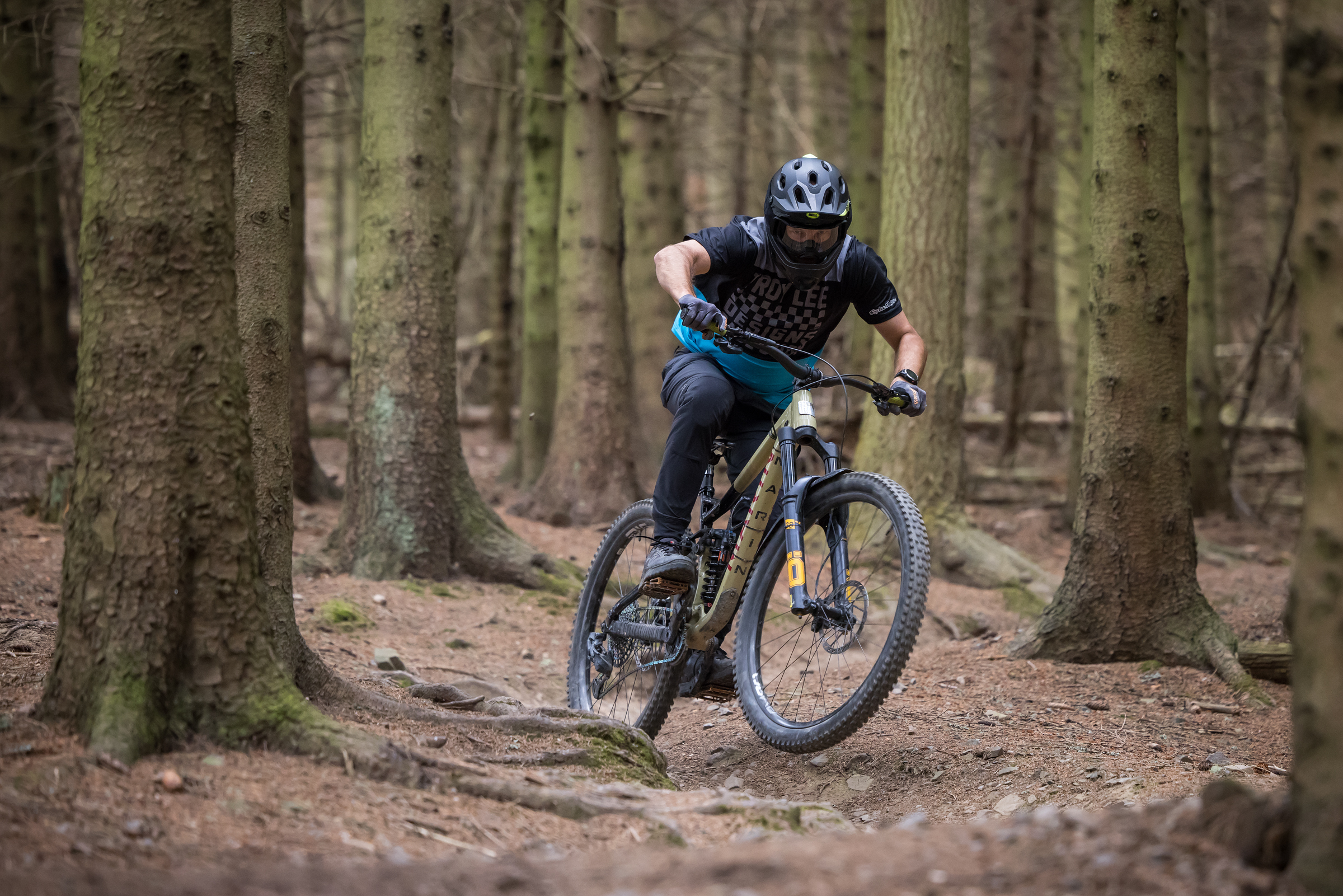
The Importance of Proper Use of Brake Levers and Hydraulic Disc Brakes
Disc brakes, particularly four-piston calipers, are well-regarded for their powerful stopping capabilities, which are essential for safely navigating downhill trails. Heavier than two-piston variants, they can carry a slight weight penalty, but the trade-off is worthwhile for the control they provide. On the flip side, larger disc rotors up to 200mm offer even greater stopping power, albeit with an increase in overall bike weight.
The prevalent use of hydraulic disc brakes in today’s mountain bikes, often a standard feature on full-suspension models over a certain price point, highlights their indispensability. They offer superior braking with less effort, allowing for fine control especially needed on difficult terrains. High-quality brake levers, some made from carbon fiber to avoid heat conduction, further enhance this effect by improving comfort and rider control over the braking process.
Correct braking technique is essential for thorough enjoyment and safety on the trails. Well-designed brake levers, such as those on higher-end models or aftermarket upgrades, offer superior ergonomics and interface which can significantly improve a rider’s experience, particularly on challenging sections of the trail.
Riding with Fellow Senior Riders and Adapting to a Variety of Terrains
Group riding enriches the mountain biking experience for senior riders. It enhances safety—there’s strength and assurance in numbers, and companions can look out for each other. Riding with fellow seniors, be it friends or family, allows for shared experiences that not only provide joy but also the comfort of common understanding and support.
Mountain biking offers a means for seniors to engage actively with a lifestyle that invigorates and connects them with both nature and people. It is a gateway to consistent and rewarding progress, with set, achievable goals such as conquering a new trail providing sources of motivation and satisfaction.
Seniors should feel empowered to tackle trails at their pace and seek out terrains that appeal to their sense of adventure. Such an approach allows for a fully immersive experience, offering the space to appreciate every moment and uncover new landscapes and joys at every twist and turn of the trail.

